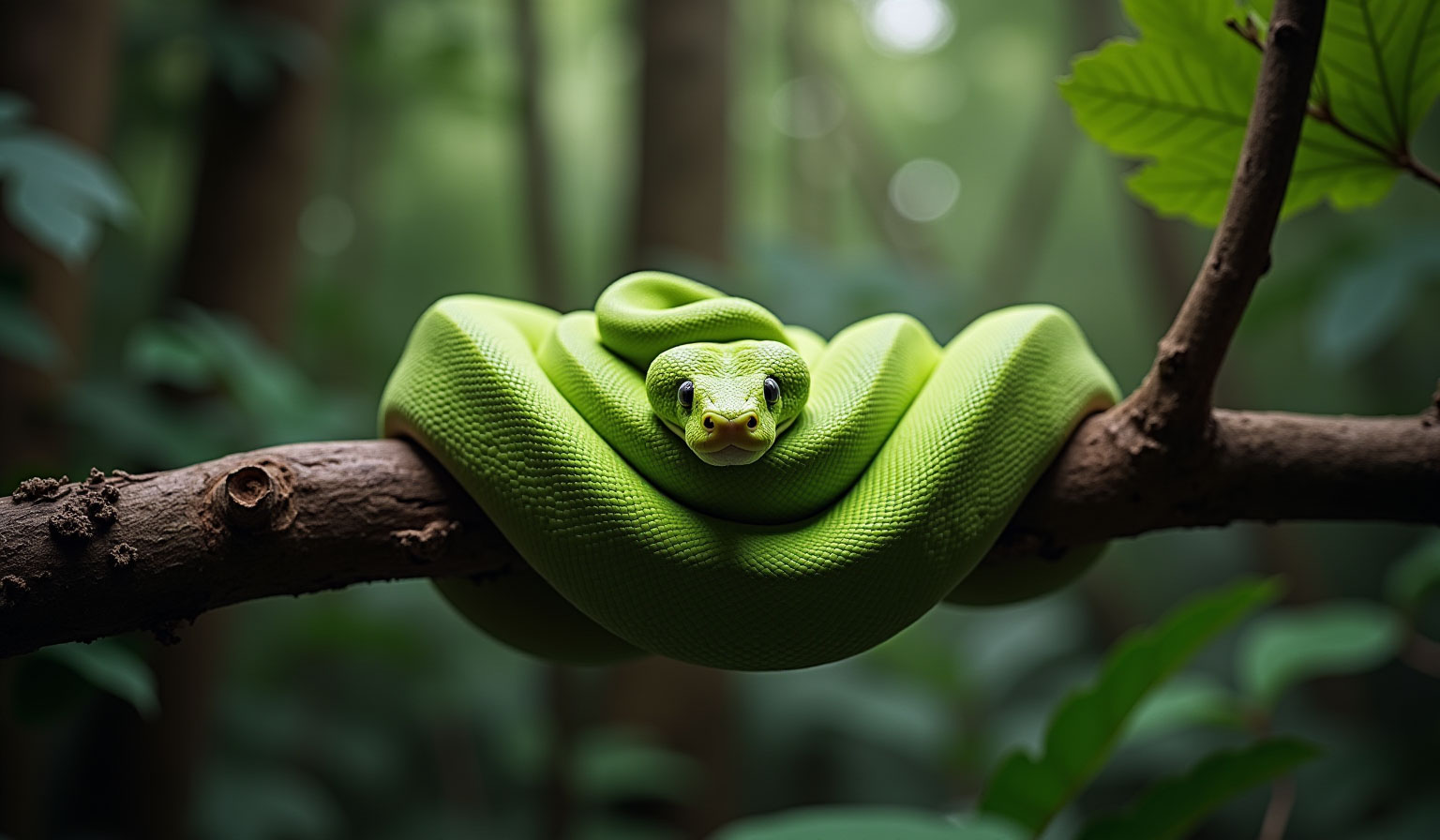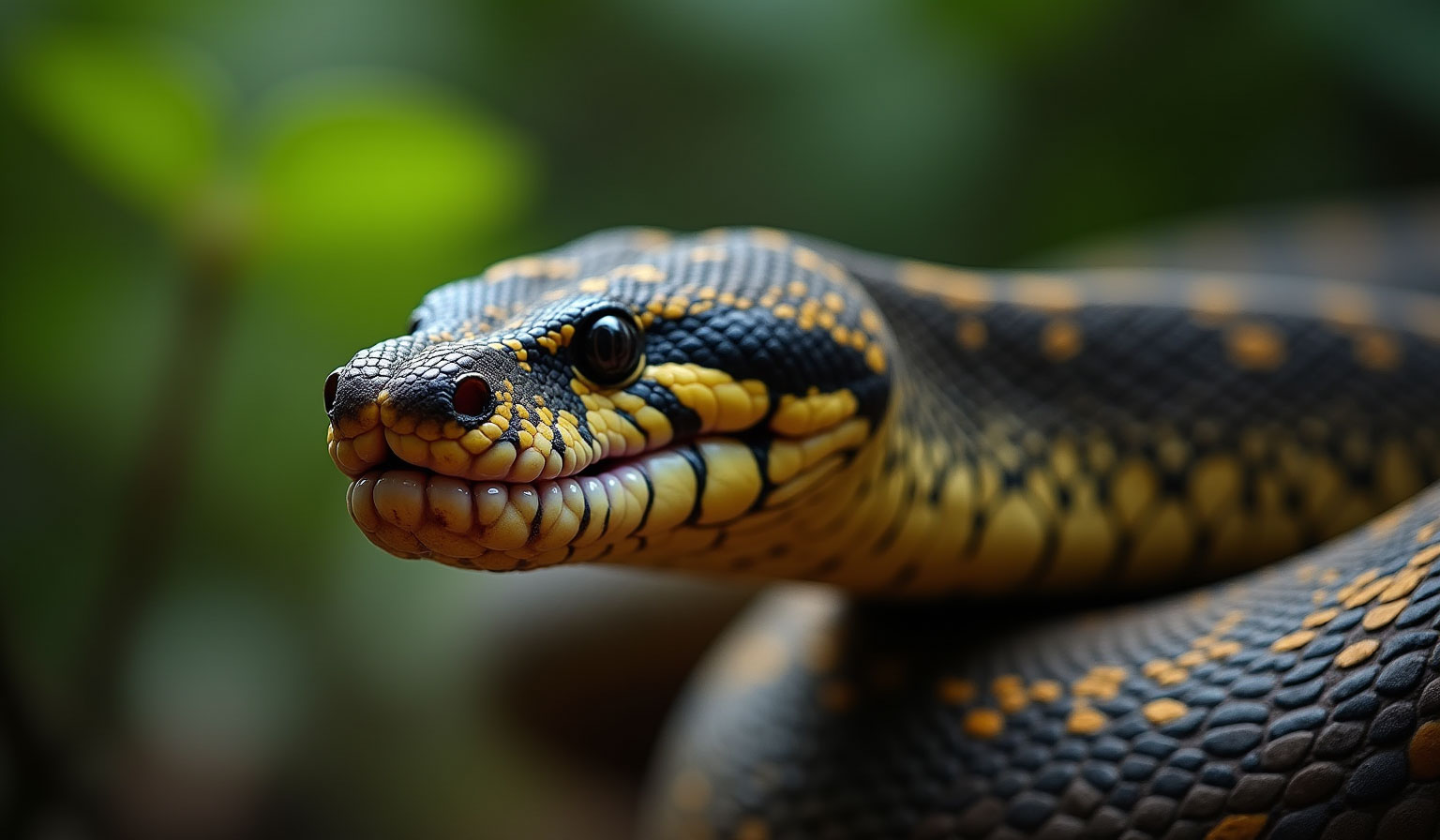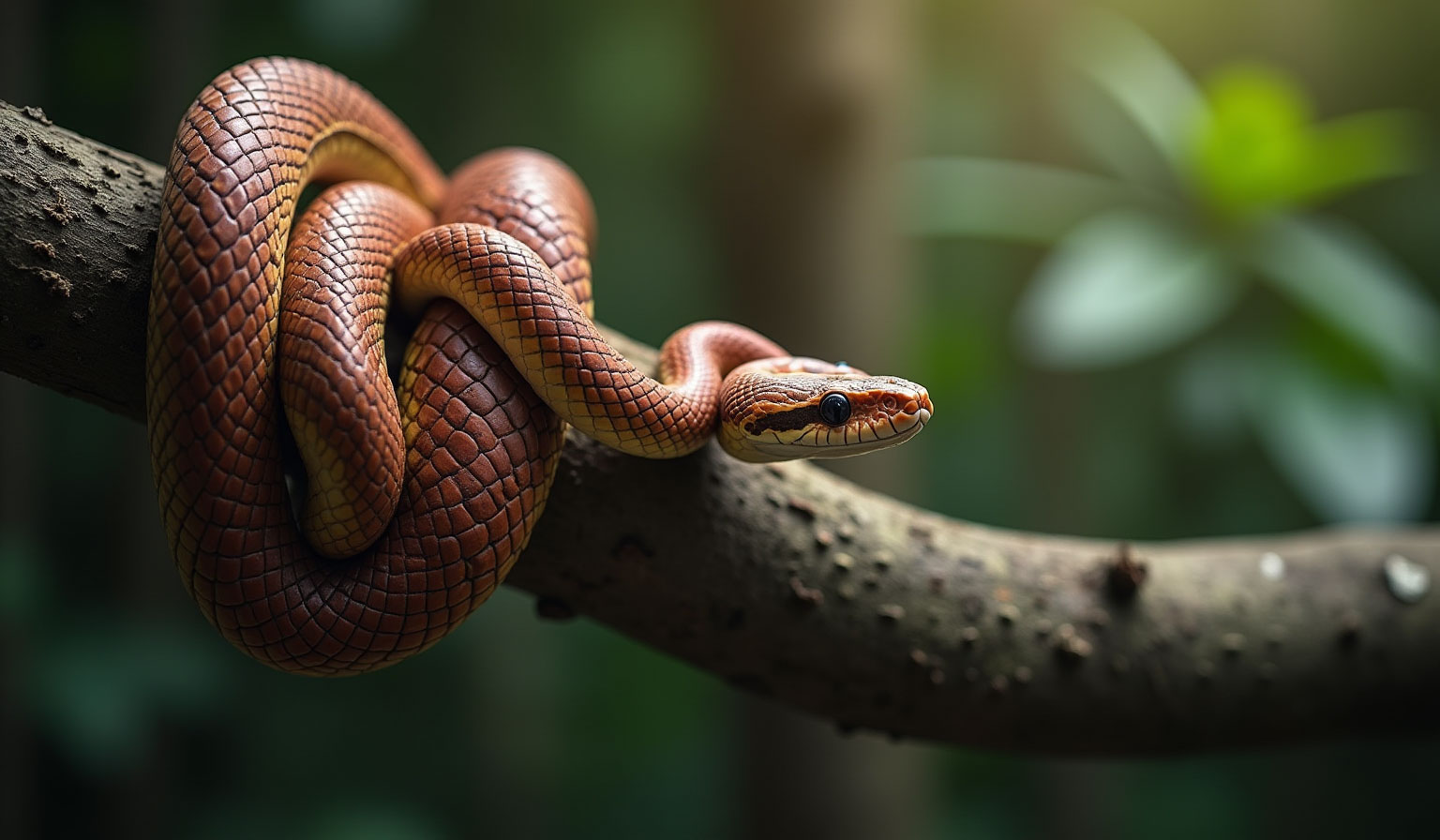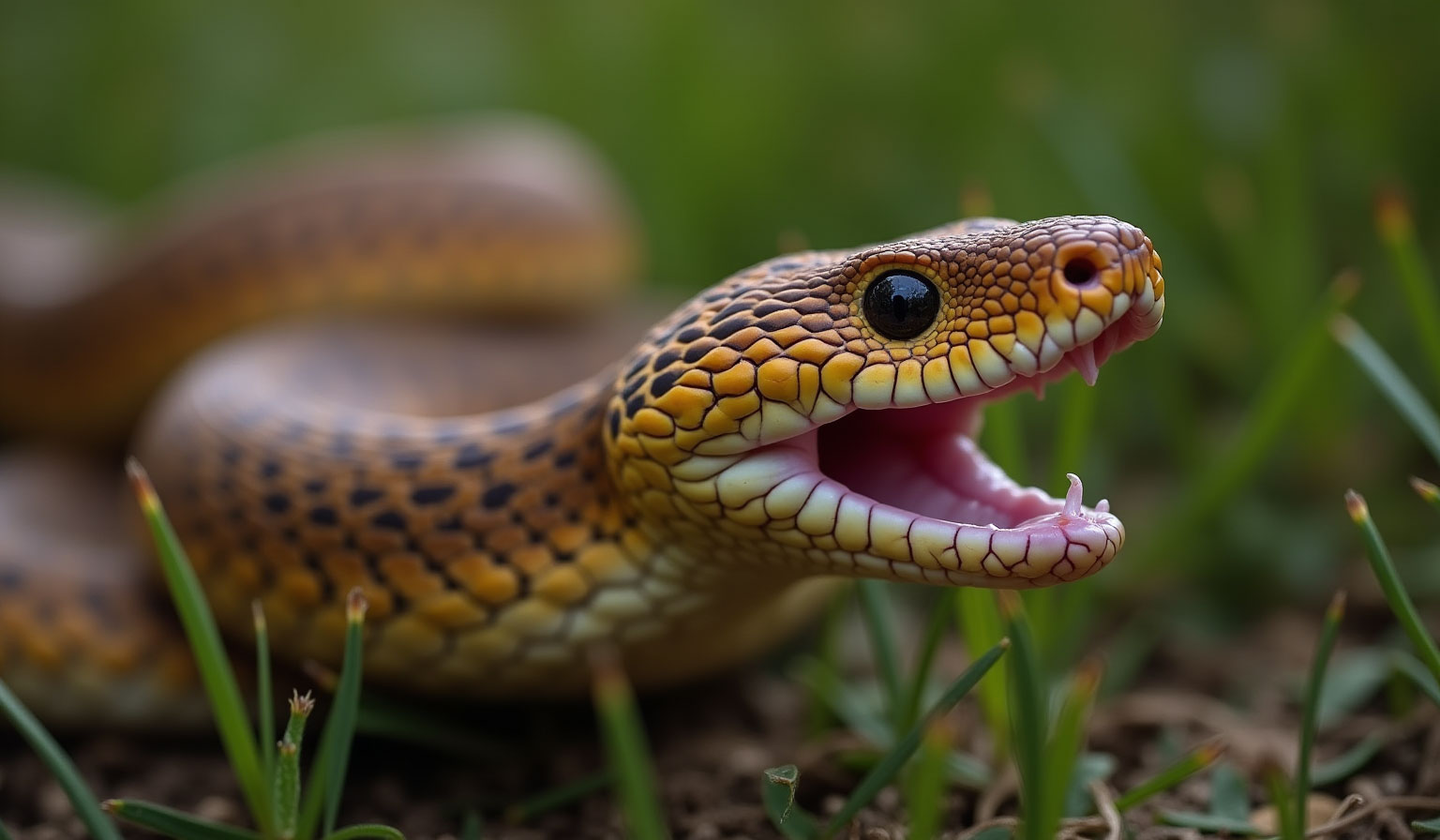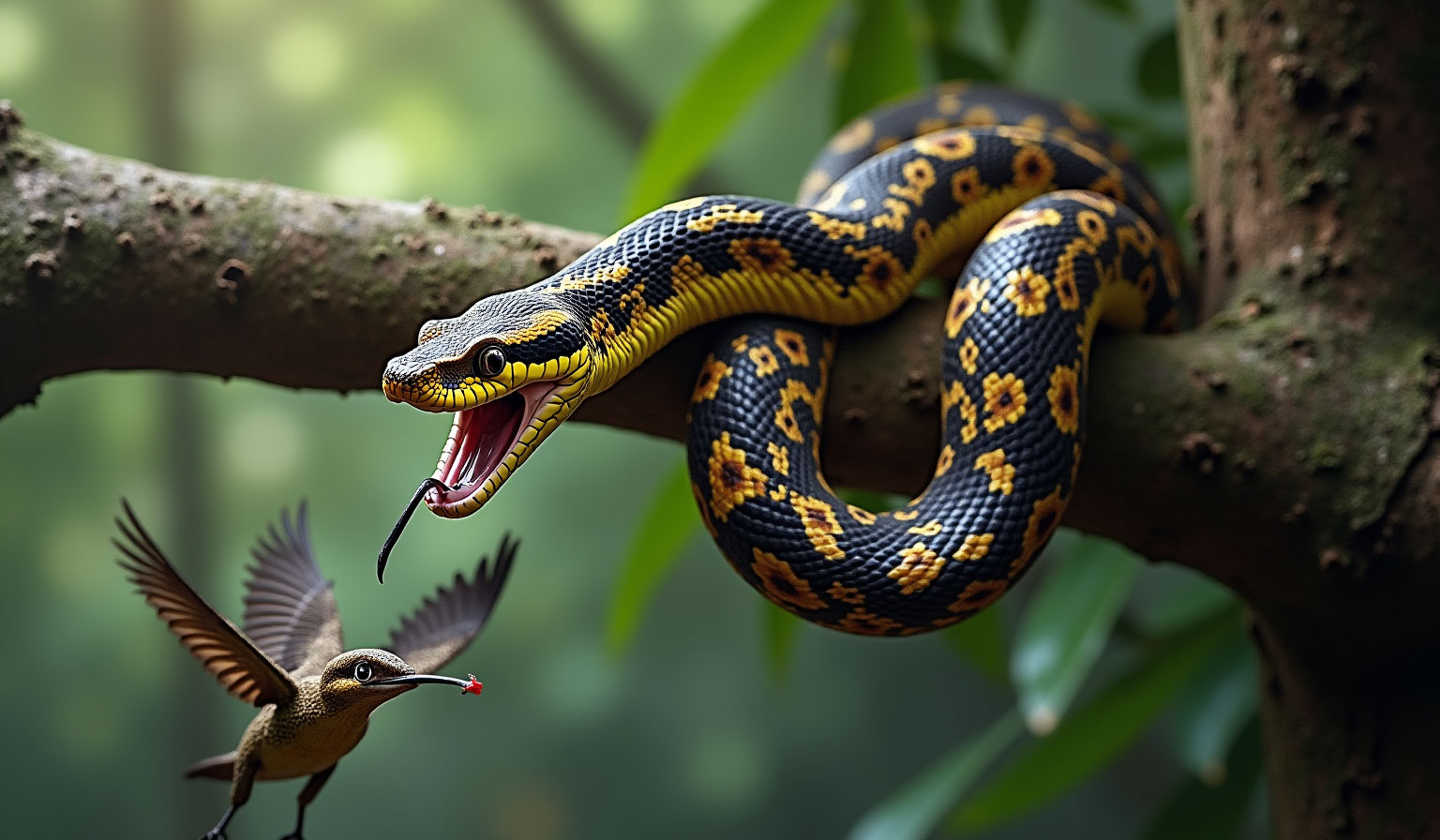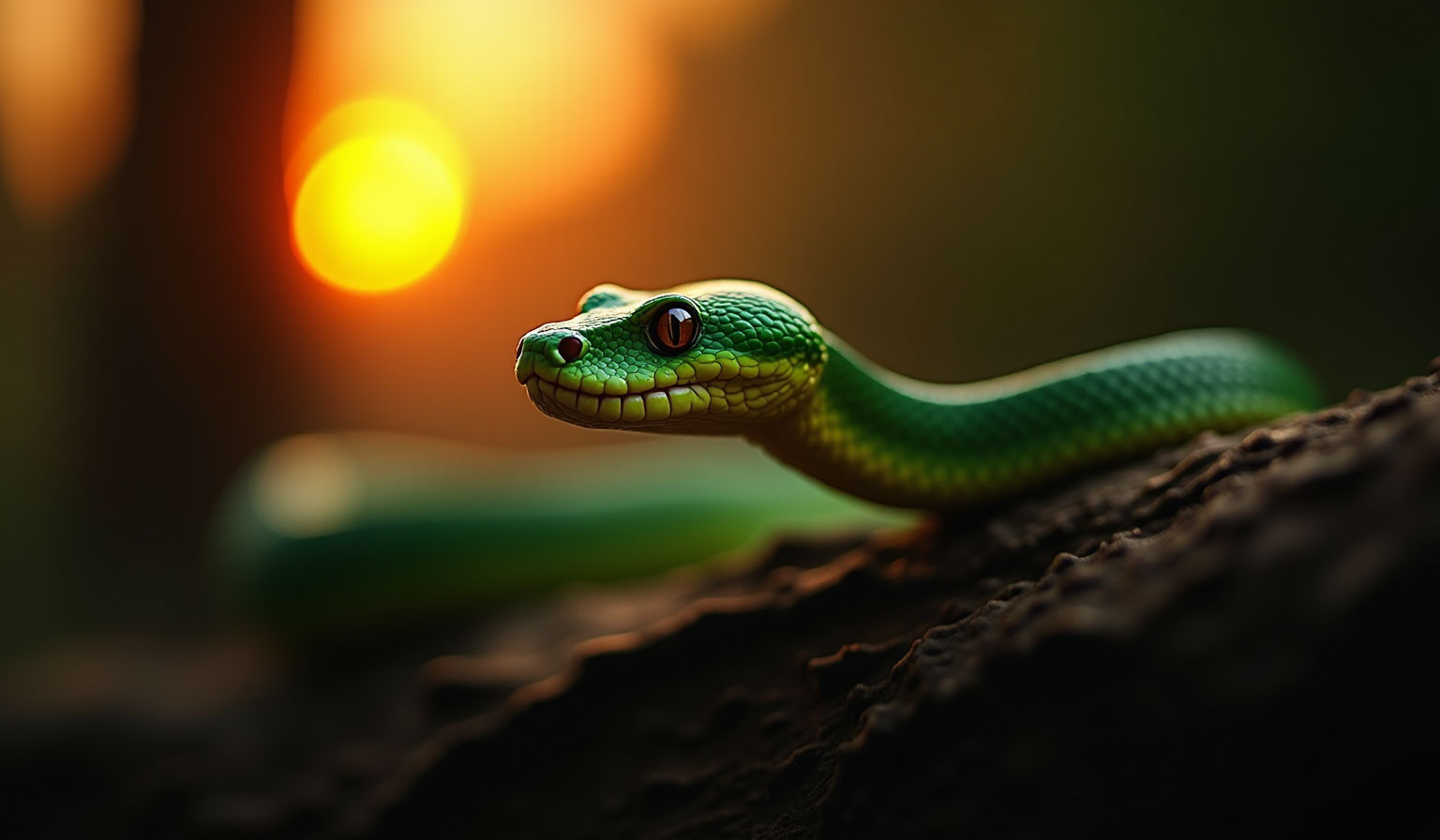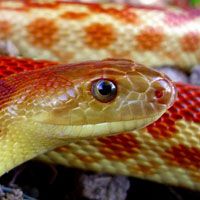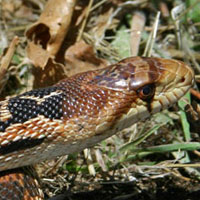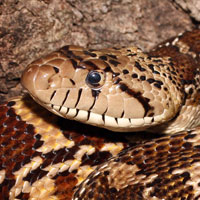Gopher Snakes: A Complete Guide to These Bold and Beneficial Reptiles
The garter snake belongs to the Colubridae family, which is the largest snake family encompassing a diverse range of non-venomous species. Its scientific name is Thamnophis sirtalis, though this name specifically refers to the common garter snake; the genus Thamnophis includes many closely related species collectively known as garter snakes.
Garter Snake Scientific Name: Thamnophis spp
Snake Family: Colubridae
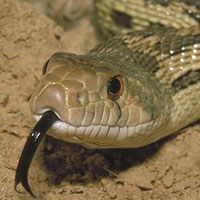
Meet the Mighty Gopher Snake: Nature’s Rodent Control Expert
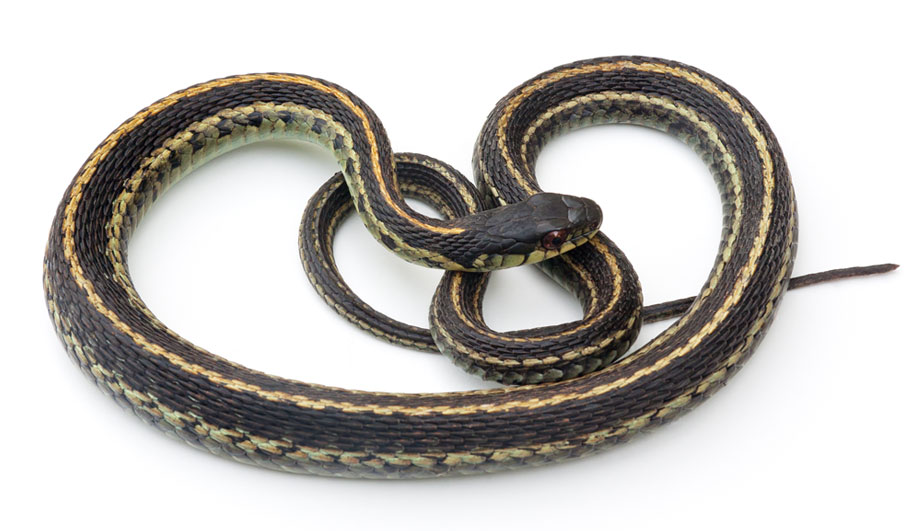
Where Do Gopher Snakes Live? Exploring Their Ideal Habitats
Gopher snakes are native to a broad range of environments across the western and central United States, Canada, and northern Mexico. These snakes prefer dry, open areas but are also adaptable to various other ecosystems. Their habitats include:
- Grasslands and prairies
- Woodlands and pine forests
- Desert scrub and arid regions
- Agricultural areas like farms and ranches
- Suburban outskirts with open lots or undeveloped land
Gopher snakes are known for their burrowing abilities and often utilize abandoned rodent burrows or dig their own using their powerful heads and muscular bodies. They thrive in areas where small mammals are abundant, and they can bask in the sun to regulate their body temperature. Seasonal behavior changes include hibernation during colder months, particularly in northern regions. They may also inhabit rocky outcrops and canyonlands, taking refuge in crevices or under rocks.
| Region | Typical Habitat |
|---|---|
| Southwestern U.S. | Deserts, dry canyons |
| Pacific Northwest | Woodlands, grassy fields |
| Midwest | Farmlands, grass prairies |
What Do Gopher Snakes Eat? Uncovering Their Diverse Diet
Gopher snakes are constrictors and skilled hunters that primarily feed on small mammals, helping control pest populations naturally. Their diet includes:
- Gophers and ground squirrels
- Mice and rats
- Birds and bird eggs
- Lizards and small snakes
- Occasionally frogs and insects
In captivity, gopher snakes are typically fed appropriately sized rodents such as pinkie mice (for juveniles) or adult mice and rats (for adults). Feeding should occur every 7–10 days, depending on the snake's age and size. Unlike some species that require live prey, gopher snakes usually accept thawed frozen prey without issue. Proper feeding practices help prevent obesity and ensure a balanced nutrient intake. Always provide clean, fresh water, and avoid handling the snake for at least 48 hours after feeding to prevent regurgitation.
What Is a Gopher Snake Really Like? Behavior and Temperament Insights
Gopher snakes are fascinating in their defensive displays and overall temperament. When threatened, they flatten their heads, hiss loudly, and vibrate their tails—mimicking a rattlesnake to ward off predators. Despite this show of bravado, gopher snakes are not aggressive by nature.
- They are diurnal and most active during the day
- Primarily solitary except during mating season
- Generally calm when properly socialized in captivity
- Known to explore and climb when given the opportunity
With consistent, gentle handling, gopher snakes can become accustomed to human interaction and show a curious and calm demeanor. They are intelligent and observant reptiles that respond well to enrichment in their enclosures, such as logs, climbing branches, and hide boxes. In the wild, their bluffing behaviors serve them well, but in captivity, they tend to settle quickly with patient handling.
Gopher Snake Longevity and Wellness: What to Watch For
With proper care, gopher snakes can live quite long in captivity, averaging 15 to 20 years. Wild gopher snakes usually live shorter lives due to predation and environmental hazards. Maintaining optimal health requires good husbandry practices and regular observation. Common health issues include:
- Respiratory infections due to incorrect humidity
- Internal parasites from live prey or wild-caught food
- Mouth rot (infectious stomatitis)
- Obesity from overfeeding in captivity
A healthy gopher snake should have clear eyes, a clean vent, and shed its skin in one complete piece. Provide a temperature gradient within the enclosure and ensure humidity levels appropriate to the snake’s natural habitat. Regular cleaning and fresh water are essential to preventing bacterial infections. Yearly checkups with a reptile veterinarian are recommended to ensure your snake stays in peak health.
| Environment | Average Lifespan | Primary Health Threats |
|---|---|---|
| Wild | 8–12 years | Predation, injury, disease |
| Captivity | 15–20 years | Respiratory infections, parasites |
The Life Cycle of Gopher Snakes: From Eggs to Independence
Gopher snakes reproduce sexually and are oviparous, meaning they lay eggs. Mating typically occurs in the spring after snakes emerge from brumation (a hibernation-like state). Females lay eggs in early summer, choosing warm, protected sites such as burrows or under logs.
- Clutch size ranges from 6 to 24 eggs
- Incubation period lasts 2–2.5 months
- Eggs hatch in late summer to early fall
- Hatchlings are independent from birth and measure 12–18 inches
Female gopher snakes do not guard their eggs, so the young are entirely self-sufficient upon hatching. Breeding gopher snakes in captivity requires mimicking seasonal changes in temperature and light cycles. Proper incubation temperatures (around 82–85°F) are crucial to ensure healthy, viable hatchlings. These juveniles grow rapidly when provided with adequate food and care.
Keeping Gopher Snakes: Handling and Housing Tips for Happy Snakes
Gopher snakes are excellent for intermediate reptile keepers due to their size, temperament, and care needs. Adults can grow 4–7 feet in length, so they require spacious enclosures. A 40-gallon tank is the minimum for an adult, but larger is always better.
- Provide a secure enclosure with a locking lid
- Use a substrate such as aspen or cypress mulch for burrowing
- Maintain a temperature gradient of 75–85°F with a basking spot around 90°F
- Offer multiple hides, branches, and a water bowl for soaking
- Spot clean regularly and do full cleans monthly
When handling a gopher snake, support its body fully and move slowly to build trust. Avoid handling during shedding or immediately after feeding. With regular interaction and proper care, gopher snakes can become curious and engaging companions. Always ensure their environment is enriched to encourage natural behaviors.
